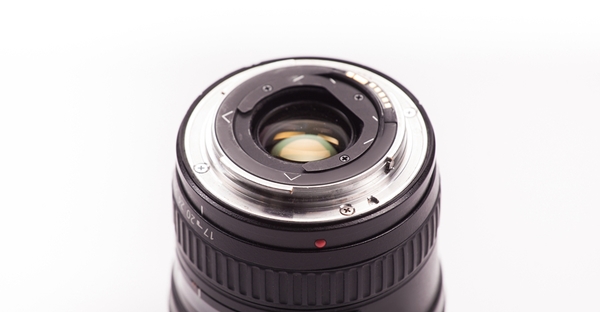Nature and travel photographer Spencer Cox writes about wide-angle lenses in his article over at Photography Life.
He’s explaining some of the most common situations to use a wide-angle lens, and also when or where it would be a better idea to switch to something else.
Although landscape photography is probably one of the first things that comes to mind when talking about wide-angles, but these lenses are also great for shooting indoors, as well as for cityscapes and architecture.
Exaggerating Perspective
You already know that you can increase the size of nearby objects if you move closer to them. Wide-angle lenses, though, are so wide that they let you get incredibly close to your subject and still fit it all in your photo.
As we have covered before, the actual perspective of your photos doesn’t actually depend upon your lens — it only depends upon your distance to a subject. However, wide-angle lenses appear to change your perspective more than other lenses, since they let you get much closer than normal to the things that you’re photographing.
This exaggerated perspective is a double-edged sword. On one hand, it means that the foreground of your photo will be incredibly large and detailed. Personally, I love photographing sand dunes, and wide-angle lenses are perfect for showing the crazy lines all around me. A lot of people also love using wide-angle lenses to photograph waves that have washed ashore, or any other interesting foreground objects.
There is a problem with the apparent exaggeration in perspective from a wide-angle lens. Although nearby objects appear huge and detailed, everything in the distance shrinks tremendously. If you’re photographing mountains, for example, they may end up looking tiny and insignificant if you use a wide-angle lens.
This is the main problem that people run into when they use a wide-angle lens for landscape photography. Yes, wide-angle lenses increase the size of your foreground, but this comes at the expense of your background. I almost never use a wide-angle lens to photograph mountains, unless I am incredibly close to them, because they simply appear insignificant in the photo.
A Sweeping View
A lot of people will say that you shouldn’t use a wide-angle lens as a way to “fit everything in” a photo. I respectfully disagree.
Sometimes, if you have an incredible scene that sweeps across the landscape, the only way to capture it all is to use a wide-angle lens (or stitch a panorama from a telephoto lens). Obviously, you still need to watch out for your foreground and background, but that is always the case.
I find that this is particularly true when there are interesting clouds overhead. If you want to show all the crazy clouds in a landscape — along with the landscape itself — a wide-angle lens is your best bet.
When you’re using a wide angle lens, the hardest part about composition is making sure that there is something interesting in every part of the photo. In many landscapes, your widest lens will fill most of the frame with grass and an empty sky. A photo like this probably won’t be very powerful.
Here’s a good rule of thumb: the only time that you should use a wide-angle lens to fit everything in is when there are so many incredible things that every part of the photo does have something interesting.
Negative Space
Another way to use wide-angle lenses is to create a photo that has a lot of negative space.
What is negative space? In photography, negative space is the part of a photo that doesn’t attract much attention. If your photo has a small tree surrounded by a blank canvas of snow, it is said to have a lot of negative space.
Wide-angle lenses do a good job of introducing negative space to your photo — often when this isn’t your goal. If you want to show the beauty of a distant mountain, you probably don’t want 3/4 of the photo to be filled with empty sky that no one looks at.
Read the full article with even more tips and example photos over at Photography Life.
Source: Photography Life

